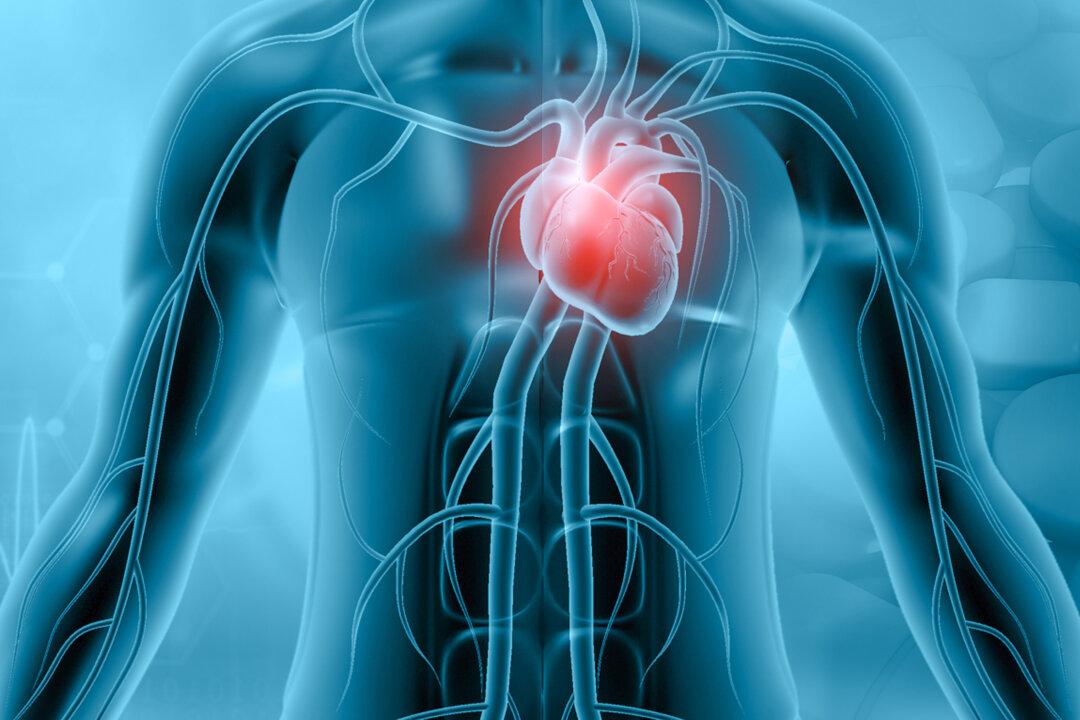The Albanese Government is spending $50 million (US$32.8 million) to create and sell the world’s most advanced artificial heart, a breakthrough technology poised to halve global deaths from heart failure.
The technology mimics a natural heart using advanced magnetic levitation, providing heart failure patients with over ten years of an active lifestyle for the first time.





